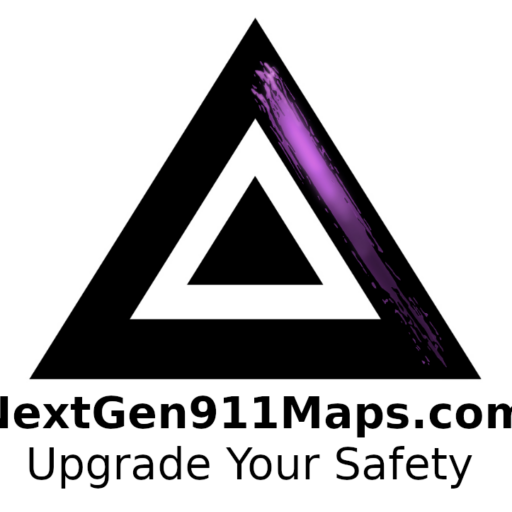
Natural disasters, such as tornadoes, hurricanes, and earthquakes, pose significant challenges to emergency response teams. Traditional 911 systems, while effective in many situations, often fall short during these crises due to their inability to provide detailed location information within buildings. Next Generation 911 (NG9-1-1) indoor GIS maps offer a transformative solution, enhancing the ability of first responders to navigate and operate within complex structures. This blog post explores the benefits of NG9-1-1 indoor GIS maps during natural disasters and contrasts them with the limitations of traditional 911 systems.
The Limitations of Traditional 911 Systems
In a traditional 911 system, calls from within large buildings appear as a single dot within a generalized box representing the building. This method lacks the granularity needed to pinpoint the caller’s exact location, which can lead to several challenges during natural disasters:
- Ambiguous Location Data: Without detailed indoor maps, first responders do not know the specific floor, room, or section of the building where help is needed.
- Delayed Response: The time spent searching for individuals within a building can be critical, often leading to delays in providing necessary assistance.
- Increased Risk: Responders face greater risks as they navigate through potentially hazardous conditions without clear guidance.
The Advantages of NG9-1-1 Indoor GIS Maps
NG9-1-1 systems equipped with detailed indoor GIS maps address these limitations by providing precise and comprehensive location data. Here are the key benefits of using NG9-1-1 indoor GIS maps during natural disasters:
- Enhanced Location Precision: NG9-1-1 maps provide exact locations within buildings, including specific rooms and floors. This precision is vital for quickly locating individuals in distress during disasters.
- Efficient Navigation: Detailed indoor maps include critical information about building layouts, such as entrances, exits, stairwells, and safety features. This allows first responders to plan and execute their rescue operations more effectively.
- Improved Coordination: With shared access to indoor GIS maps, different emergency response units, including police, fire, and EMS, can coordinate their efforts more seamlessly. This ensures a unified and efficient response.
- Increased Safety for Responders: Knowing the layout of a building helps responders avoid hazards and reduces the time spent in dangerous environments, enhancing their safety.
Real-World Impact
Imagine a scenario where a tornado has struck a large commercial building. Under a traditional 911 system, emergency responders receive a call showing only a general location within a large box. This lack of detail can lead to significant delays and increased risks as responders search for the caller amidst the chaos.
In contrast, with NG9-1-1 indoor GIS maps, responders can see the exact location of the caller, including the specific room and floor. They also have access to detailed building layouts, showing the quickest routes to reach the caller, available exits, and any potential hazards. This information allows for a swift and targeted response, significantly increasing the chances of successful rescues and minimizing risks.
Conclusion
NG9-1-1 indoor GIS maps represent a critical advancement in emergency response capabilities, particularly during natural disasters. By providing detailed and accurate location information, these maps enhance the efficiency, coordination, and safety of emergency operations. As more regions adopt NG9-1-1 technology, the benefits of indoor GIS mapping will become increasingly evident, ultimately saving lives and improving the effectiveness of disaster response efforts.
For more information on NG9-1-1 and indoor GIS maps, visit 911.gov and the National Emergency Number Association (NENA).
